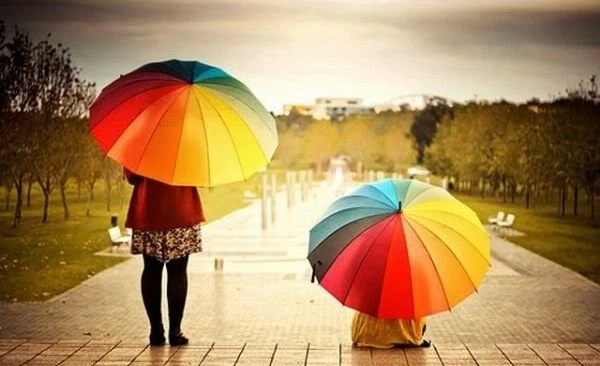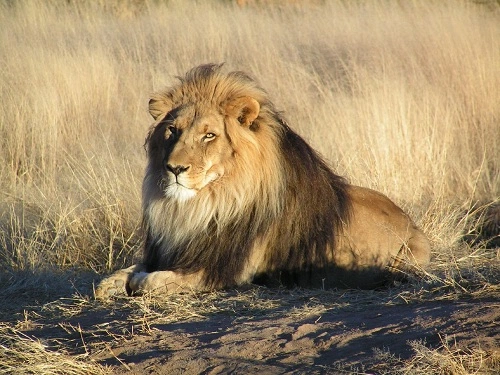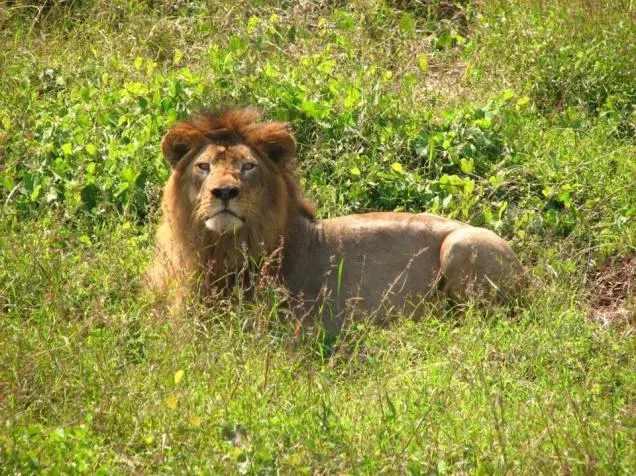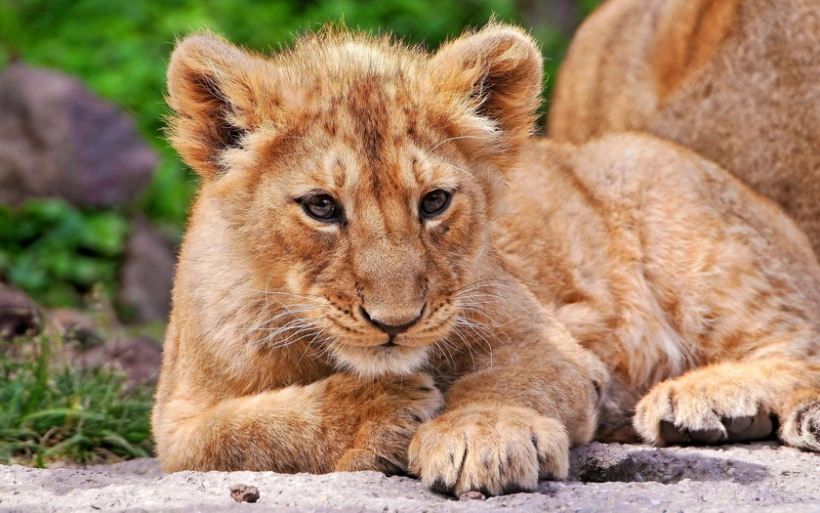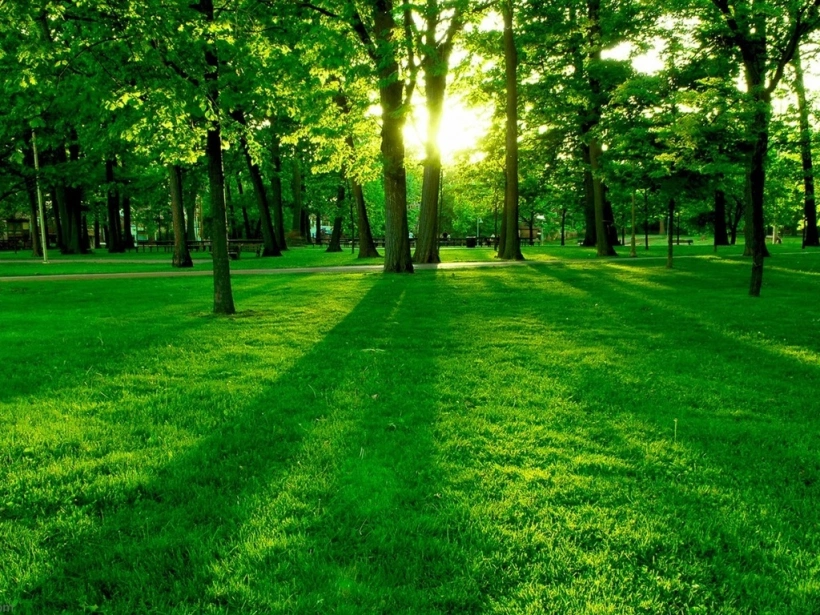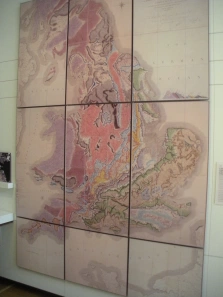Rainy days remember me about London: after my first few days in the city two years ago, I understood that boots, coat and umbrella were the elementary equipment I needed to survive without sneezing all the time. After that, I found out that the capital of the queen is lovely with the rain, and started to appreciate it.
Water washes away dirt from the streets, it lows down the pollution and cleans the air, while it nourishes those wonderful plants that adorn parks and gardens. It makes people socialize when taking refuge at a bus stop, under a roofing or in a bar. It can also be romantic, if you have someone to share the umbrella with, and fun for any kid who loves to get wet. I love it because it leaves inspiring puddles everywhere, generous pools that double the world and change perspectives for a while.
I remember one day in spring, when I was walking down the street towards Maida Vale in West London, and the sun was warming my face. After something like ten minutes, a storm arrived and my little umbrella couldn’t face the wind. I had to wait at a bus stop until the clouds passed and the sun came out again, with a rainbow.
An incredibly beautiful setting, but next time, I wish I could walk in the rain despite the violence of nature. Here’s what I need: I found a special umbrella which never breaks and can withstand 100 km/h wind, much more that my body can do without starting to fly, I guess.
The umbrella is called Senz, and its aerodynamic weird shape, besides being a design job, protects against all weather conditions: it doesn’t go inside-out, poke you in the eye, limits your visibility, and also protects your back. Plus, there’s a nice story. Senz was created from the smart idea of a Dutch guy, who made a graduation project about it in 2004, then founded a company with two friends, and now has a worldwide known brand with different collections and colors. I absolutely want one, and it would be a perfect excuse to fly to London for a weekend, and test it.
Foto web

